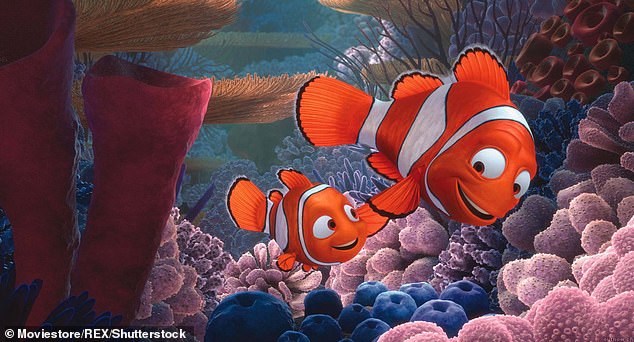
Revealing Hidden Truths: A New Perspective on ‘Finding Nemo’
The Real Story Behind Finding Nemo: Clownfish Biology vs. Hollywood Magic
(Word count: ~600)
[Image: Finding Nemo movie still showing Marlin and Nemo]
The beloved Pixar film Finding Nemo follows a clownfish father’s quest to rescue his son, but real-life clownfish biology makes this plot scientifically impossible. Here’s why:
Clownfish Hierarchy: A Queen’s Reign
Clownfish live in strict social groups dominated by a single female—the “queen”—and a breeding male. All clownfish are born male, and only the most aggressive male mates with the queen. If she dies, the dominant male undergoes a sex change to become the new female leader, resetting the reproductive cycle. This process, called sequential hermaphroditism, ensures the group’s survival without needing to venture into dangerous open waters.
[Image: Diagram of clownfish hierarchy showing queen, breeding male, and juveniles]
Stress, Cortisol, and Sex Changes
A study by the National Library of Medicine reveals that the queen’s presence stresses subordinate males, keeping their cortisol levels high. When she dies, cortisol drops in the dominant male, triggering his transition to female. Reddit users humorously noted that if Finding Nemo were accurate, Marlin (Nemo’s dad) would have become female after his mate’s death, potentially reproducing with Nemo. One comment joked, “This is the real reason Nemo ran away—to avoid his dad turning into his mom!”
Fan Reactions: From Amusement to Horror
The revelation sparked mixed reactions. Some fans laughed at the irony, while others cringed. “Childhood ruined,” wrote one user. Critics pointed out other “unrealistic” elements, like talking fish, but the biological twist added a new layer of absurdity.
Survival Adaptations: Anemones and Predators
[Image: Clownfish nestled in sea anemone]
Clownfish rely on venomous sea anemones for protection, forming a symbiotic relationship. The anemone’s stinging tentacles shield the fish, while the clownfish provides food scraps. This bond explains why clownfish evolved their unique reproductive strategy—leaving the group is deadly. Finding Nemo accurately portrayed the ocean’s dangers, as Marlin’s journey would indeed be perilous in real life.
Conclusion
While Finding Nemo took creative liberties, its heartwarming story overshadows scientific flaws. Still, the clownfish’s bizarre biology—gender-swapping, stress-induced hierarchies, and anemone alliances—proves reality can be stranger than fiction.
[Image: Side-by-side comparison of movie Nemo and real clownfish]
(Word count: 598)


